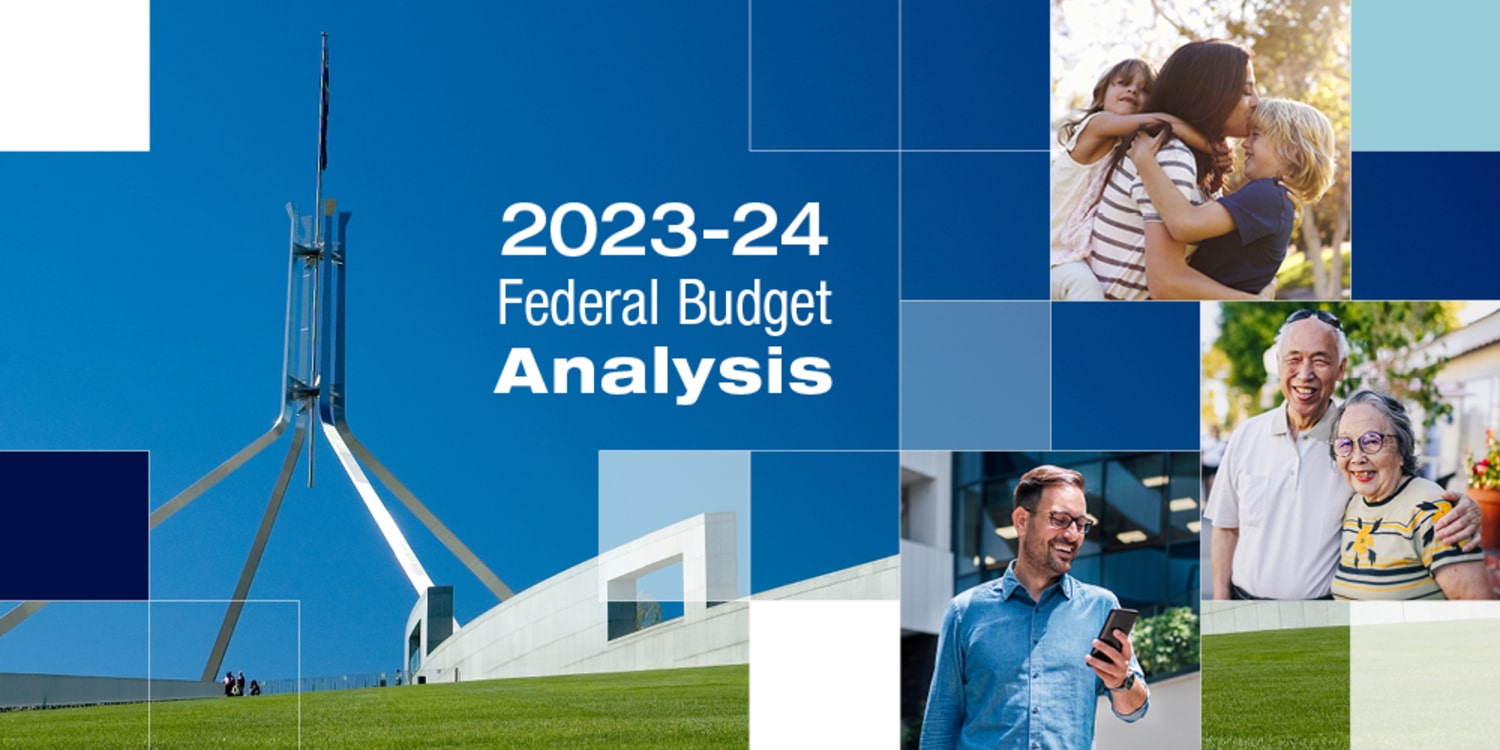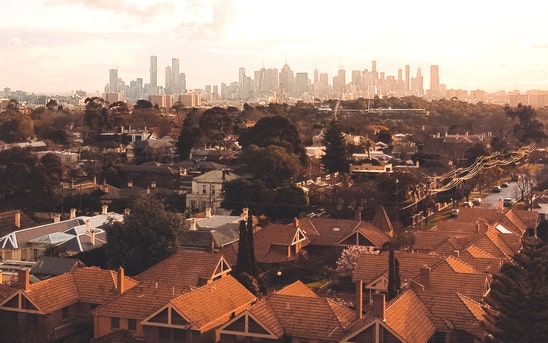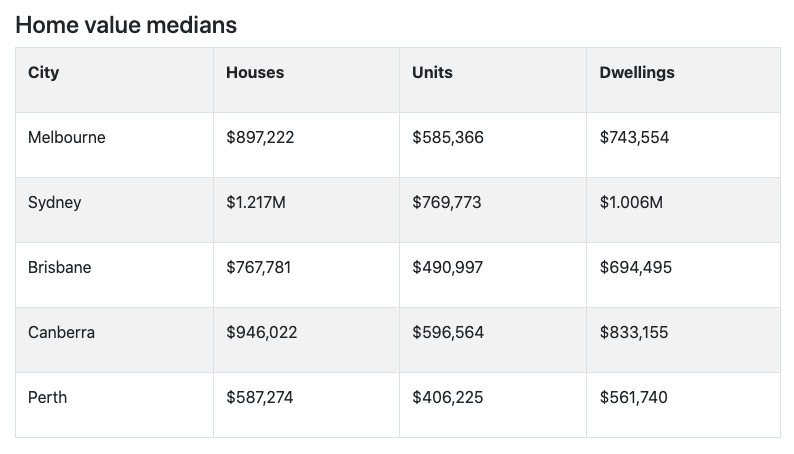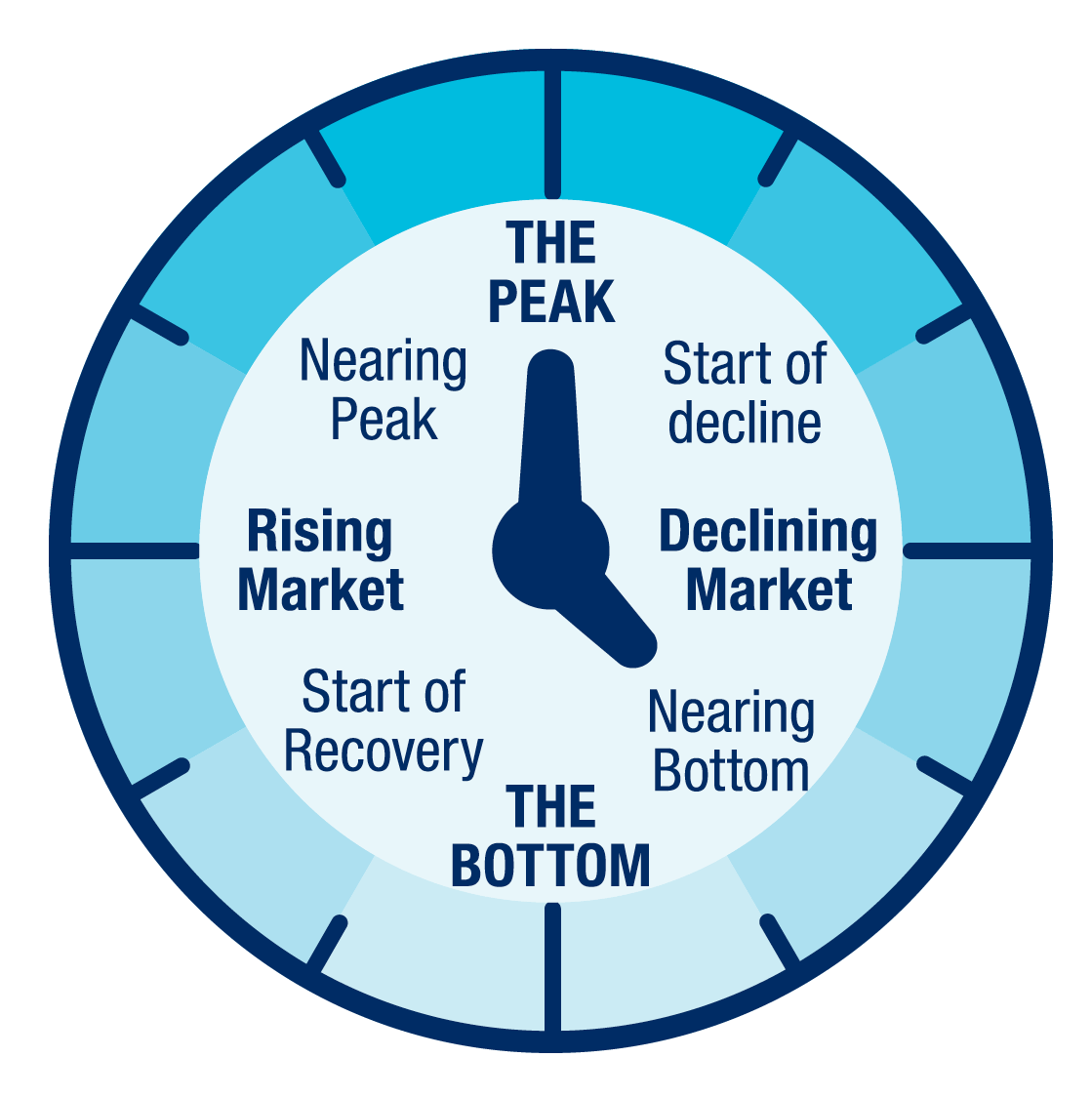A surplus for now but stormy seas ahead
Treasurer Jim Chalmers bills his 2023 Federal Budget as an economic strategy to help ease cost-of-living pressures.
To that end, he has delivered a modest but welcome package of cuts to healthcare, housing and energy costs as well as boosts to welfare payments for single parents and the unemployed.
Banking an unexpected bonus in increased tax revenue and rising commodity prices, the Albanese government has aimed to help the most disadvantaged while also looking ahead with new plans for renewable energy, defence and the arts.
But it has kept its spending under control to deliver a forecast $4.2 billion budget surplus – the first in 15 years.
The Treasurer sums up his second budget as “a plan for security, for prosperity, for growth”.
The big picture
While the first budget surplus in a decade and a half is to be celebrated, the joy will be short-lived. By next year’s budget, it’s expected there will be a return to small deficits for the next few years.
That’s because the global economy is slowing thanks to persistent inflation and higher interest rates. Aside from the pandemic and the 2007 Global Financial Crisis, the next two years are expected to be the weakest for global growth in more than two decades.
As a result, the government expects Australia’s economic growth to slow from 3.25% in 2022-23 to just 1.5% the following year, before recovering a little to 2.25%.
In this environment, the treasurer continues to mark inflation as the government’s primary economic challenge. He says that is why the budget is “calibrated to alleviate inflationary pressures, not add to them”.
The good news is that the Reserve Bank says inflation is falling slightly faster than it had first forecast and has now passed its peak. It is expected to be around 4.5% by the end of the year, a long way from last year’s CPI rate of 7.8%.
Easing the cost of living
The government’s $14.6 billion package of cost cuts aimed at helping some of those most affected by rising costs covers energy bills, health and medical services, and welfare payments.
There will be energy bill relief to around five million households and one million small businesses. From July 2023, eligible households will receive up to $500 and eligible small businesses up to $650.
The government will also introduce a number of energy saving programs for households including low-interest loans and funds for upgrades to social housing. And there will be access to better information on reducing energy bills.
Health and medical
Countering a major expense for many, the government is pouring in billions of dollars to ease health and medical costs and access to services.
It will spend an extra $3.5 billion to provide incentives to doctors to bulk bill Concession Card holders and children under 16. It’s expected that the increased bulk billing incentive will help around 11.6 million people.
The cost of medicines is also likely to change for many who suffer chronic health conditions. From 1 September 2023, some patients will be eligible to be prescribed two months’ worth of medicine at a time, instead of one month’s worth. It’s expected this change will cut the number of visits to GPs and pharmacies, and the government estimates at least six million people will see their bills for medicines reduced by half.
The government is also providing $2.2 billion over five years for new and amended listings to the PBS, including treatment for cystic fibrosis.
Meanwhile, to improve access to care and reduce the strain on hospitals, a further $358.5 million will be spent to open a further eight Urgent Care Clinics. The clinics will bulk bill and remain open for longer hours.
Welfare boost
Income support payments including JobSeeker, Austudy and Youth Allowance will rise by $40 a fortnight following a concerted campaign by lobby groups in the months leading up to the budget.
And, recognising the extra challenges faced by older people looking for work, those aged 55 and over and out of work for at least nine continuous months, will now receive the higher rate JobSeeker payment currently paid to those over 60. Around 52,000 people will receive the increase of $92.10 a fortnight.
There will be more support for eligible single parents from September 2023. They will receive the Parenting Payment until their youngest child turns 14 (currently up to eight years old). Those receiving the payment will also benefit from more generous earning arrangements compared to JobSeeker. Eligible single parents with one child will be able to earn an extra $569.10 per fortnight, plus an extra $24.60 per additional child, before their payment stops.
Housing assistance
While rents continue to climb sharply around the country, the government has provided only limited assistance to renters. Those receiving Commonwealth Rent Assistance will see a 15% increase in their payments from 20 September 2023.
Eligibility for the Home Guarantee Scheme will be expanded beyond first home buyers to include any 2 eligible borrowers beyond married and de facto couples, and non-first home buyers who have not owned a property in Australia in the preceding 10 years.
The government’s other housing initiatives are medium to long term solutions to the housing crisis.
There are new tax incentives to encourage the construction of more build-to-rent developments. The government claims an extra 150,000 rental properties could be delivered as a result in ten years.
The government is also focusing on providing more affordable housing by supporting more lending to community housing providers for social and affordable housing projects.
Pay rise for aged care workers
Severe staff shortages in the aged care sector, largely been driven by low wages, may abate a little with the government’s commitment to fund a pay rise.
More than $11 billion has been allocated to support an interim 15 per cent increase in award wages.
Support for families
Childcare will be cheaper from July 10, when the government subsidy will increase to 90% for families with a combined income of $80,000 or less.
For families earning over $80,000, the subsidy rate will taper down by 1 percentage point for every additional $5,000 of family income until the subsidy reaches 0% for families earning $530,000.
A more flexible and generous Paid Parental Leave scheme will also be introduced in July. A new family income test of $350,000 per annum will see nearly 3,000 additional parents become eligible for the entitlement each year.
Superannuation
Superannuation is in the government’s sights and employers and individuals with larger balances will be affected.
The concessional tax for those with balances exceeding $3 million will increase from 1 July 2025 to 30%. Earnings on balances below $3 million will continue to be taxed at the concessional rate of 15%.
Meanwhile, from 1 July 2026, employers will have to pay their employees’ super at the same time they pay their wages. The government says that in 2019-20, employers failed to pay $3.4 billion of super owing to their employees.
Looking ahead
The stormy global economic outlook will keep Australia on its toes for the next two years or so but the government has attempted both to support those who are particularly vulnerable now and keep an eye to the future with some bigger thinking.
Moving forward, the government wants to position Australia a “renewable energy superpower” with a new Net Zero Authority to help attract new clean energy industries and help workers in coal regions to find new jobs.
The arts received a boost with almost $1 billion going to art galleries, museums, arts organisations and the film sector to help address “a decade of chronic underfunding”.
And there is the much debated investment in defence – more than $30 billion over the next ten years. Treasurer Chalmers says that while we may have a lot “coming at us – we have a lot going for us too”.
Information in this article has been sourced from the Budget Speech 2023-24 and Federal Budget Support documents.
It is important to note that the policies outlined in this publication are yet to be passed as legislation and therefore may be subject to change.
If you have any questions about how any of these proposed changes may impact your personal financial situation please get in touch on 03 9723 0522.
Suite 2, 1 Railway Crescent
Croydon, Victoria 3136
Email: integrityone@iplan.com.au
Telephone : 03 9723 0522







